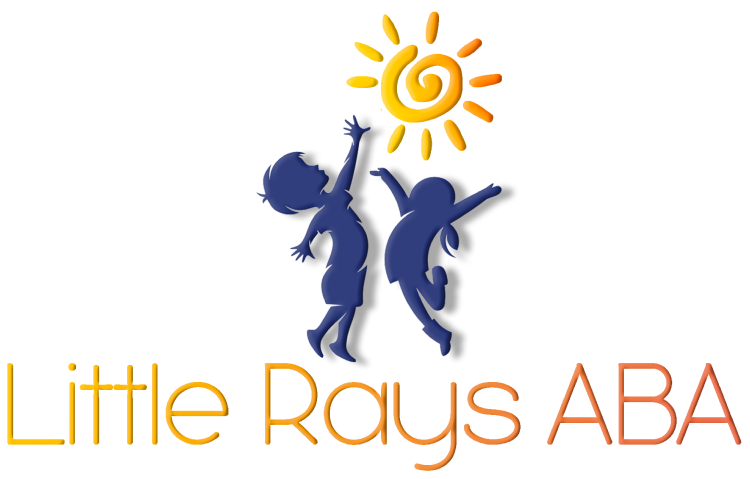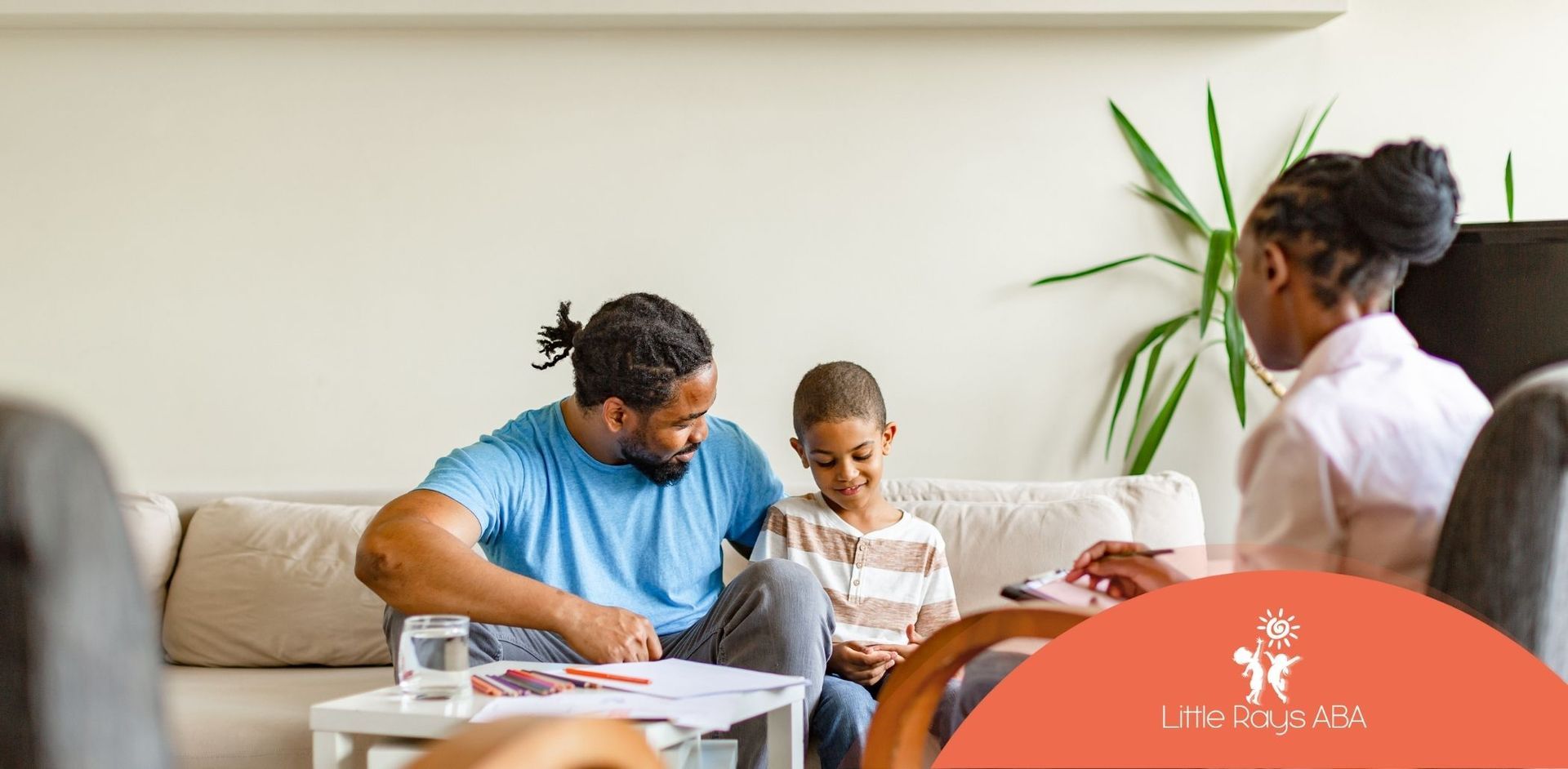Inside the Classroom: How School-Based ABA Therapy Works
When ABA therapy is integrated into a school setting, it creates powerful opportunities for growth. From reducing disruptive behaviors to helping with peer relationships and daily routines, school-based ABA builds real-world skills that last beyond the school day.
Here's what you need to know about how it works—and why it's so valuable.
Understanding the Basics of School-Based ABA Therapy
As an ABA therapist, I’ve seen just how impactful school-based ABA therapy can be. It bridges the gap between learning and behavior in the very place where kids spend most of their day—the classroom. But I’ve also seen how overwhelming it can feel for families who are new to it.
I remember working with a young boy who had just transitioned into a public school after in-home ABA therapy. His parents were nervous. They weren’t sure how ABA would fit into the busy classroom environment.
But through collaboration, consistency, and a lot of small wins, he began to thrive—and so did his confidence. That’s the kind of transformation school-based ABA therapy can offer.
What is School-Based ABA Therapy?
Bringing ABA into the School Setting
School-based ABA therapy brings the principles of Applied Behavior Analysis right into the classroom. That means helping children with autism and other developmental delays:
- Improve social and communication skills
- Manage challenging behaviors
- Build academic readiness
- Gain independence across settings
Unlike clinic-based therapy, school-based ABA focuses on helping children apply these skills in real-world learning environments.
Core ABA Principles Used in Schools
Positive Reinforcement
One of the key tools I rely on is positive reinforcement—praising or rewarding desired behavior to encourage it to happen again. This might look like giving a high five when a child raises their hand instead of calling out or letting a student earn a break after completing work.
Individualized Instruction
Every child learns differently. That’s why all ABA strategies used in school are customized. What works for one student might not work for another. We tailor each behavior plan to your child’s unique needs, preferences, and strengths.
Why Schools Use ABA Therapy
Supporting Academic and Social Success
When ABA is implemented in schools, we’re not just aiming to reduce problematic behaviors—we’re also teaching replacement behaviors and important life skills. Some of the benefits I’ve seen include:
- Improved attention during lessons
- More successful peer interactions
- Greater independence with tasks like following directions or transitions
And yes—these improvements often carry over to home life, too.
Key Components of a Strong School-Based ABA Program
Collaboration Among Professionals
One of the most important parts of school-based ABA therapy is teamwork. A strong program involves communication between:
- ABA therapists
- Teachers and aides
- Speech and occupational therapists
- Parents and caregivers
I’ve seen amazing progress when everyone is working toward the same goals using the same strategies.
Behavior Intervention Plans (BIPs)
A Behavior Intervention Plan is developed based on observations and data. It outlines:
- What triggers behaviors (antecedents)
- What the behavior looks like
- What the student gets from the behavior (the consequence)
- Strategies for teaching new skills
BIPs are essential for consistency, especially when multiple adults are supporting your child.
Ongoing Data Collection
We collect data every single day—on everything from transitions to language use to peer interactions. That data helps us tweak the plan in real time and ensures your child keeps progressing.
How ABA Fits into the School Day
Visual Supports and Schedules
I often use tools like picture schedules, token boards, and first-then visuals to support kids throughout the day. These visual cues help reduce anxiety and make routines more predictable.
Discrete Trial Training (DTT)
DTT breaks down skills into small, manageable steps. Whether we’re teaching a math skill or how to raise a hand, each step is clearly taught and reinforced.
Natural Environment Teaching (NET)
This is where the real magic happens. Instead of pulling kids out for one-on-one sessions all the time, we teach and reinforce skills in their natural setting—during recess, lunch, art, or while lining up.
The Power of Teamwork: Teachers and Therapists
Collaborating for Better Outcomes
Teachers bring classroom expertise, and ABA therapists bring behavior and learning strategies. When we work together, kids benefit. Some of the best outcomes I’ve seen come from:
- Regular communication between home and school
- Shared goals across IEPs and behavior plans
- Monthly check-ins or team meetings to stay aligned
If you’re ever unsure of what’s happening during school-based therapy, don’t hesitate to ask for a team meeting. Your voice matters.
How Families Stay Involved
Keeping Everyone on the Same Page
We make it a point to involve families in:
- Goal setting
- Daily or weekly updates
- Strategy sharing so you can use the same tools at home
Consistency across environments helps kids generalize skills faster. If your child is learning how to ask for a break at school, we want them using that same skill at home, too.
Why School-Based ABA Therapy Matters
Real Progress in Real Settings
I’ve seen school-based ABA therapy transform not just behavior, but confidence. Kids who were once isolated or overwhelmed begin to participate, learn, and connect. And families feel more empowered when they know how the strategies work and how to be part of the process.
At Little Rays ABA, we work closely with families and schools across Florida to create individualized, supportive ABA programs that help kids thrive.
📞 Call us at 305-306-1443 or 📧 email aba@littleraysaba.com to connect with a team that understands your child’s needs—at school and beyond.
FAQs
What is school-based ABA therapy?
School-based ABA is Applied Behavior Analysis delivered in the classroom setting. It helps children with autism and other developmental delays succeed by supporting communication, behavior, and academic readiness.
How does school-based ABA differ from home or clinic therapy?
While home and clinic therapy are more controlled environments, school-based ABA helps children generalize their skills in real-time, social, and academic settings—often with the support of teachers and therapists working together.
How can parents be involved in school-based ABA?
Describe the item or answer the question so that site visitors who are interested get more information. You can emphasize this text with bullets, italics or bold, and add links.
Sources:
- https://etd.ohiolink.edu/acprod/odb_etd/ws/send_file/send?accession=ysu1683233956307364&disposition=inline
- https://asatonline.org/research-treatment/clinical-corner/a-comparative-look-at-school-based-and-center-based-aba-programs/
- https://pmc.ncbi.nlm.nih.gov/articles/PMC6411562/
- https://online.regiscollege.edu/blog/aba-therapy-examples/
- https://eric.ed.gov/?id=EJ1134766
Related Posts





